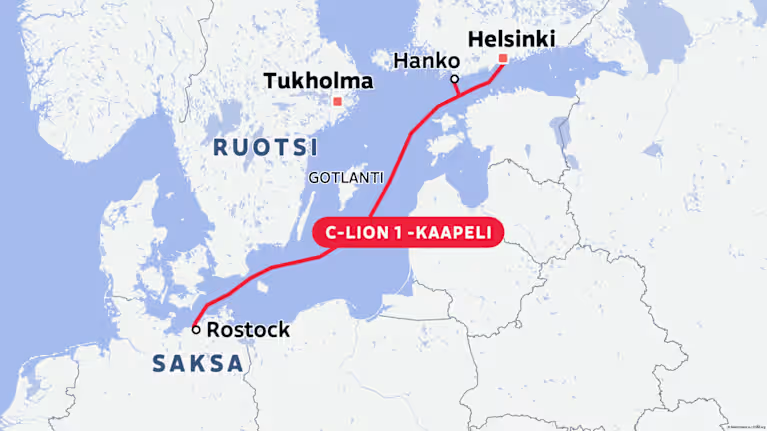Author: Oleksandr Kaiukov
-
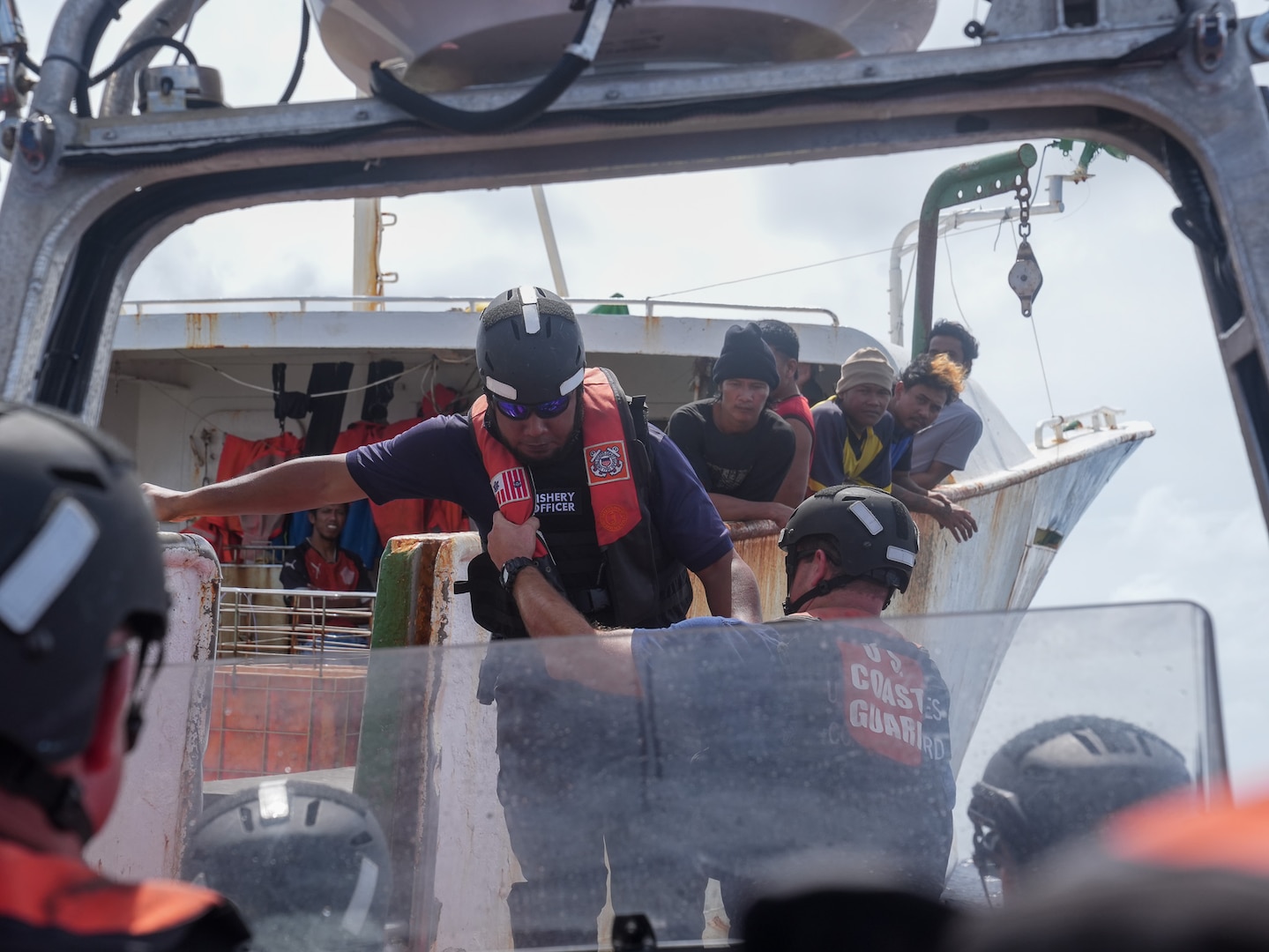
U.S. Coast Guard Cutter Midgett’s Mission to Tuvalu: Enhancing Maritime Security and Regional Cooperation in the Indo-Pacific
U.S. Coast Guard Cutter Midgett Engagement in Tuvalu: A Deep Dive into Maritime Security and Regional Cooperation Introduction to the U.S. Coast Guard Cutter Midgett The U.S. Coast Guard Cutter Midgett (WMSL 757) stands as a pivotal asset in the maritime security domain, playing a crucial role in the Indo-Pacific region. Commissioned in 2019 and…
-
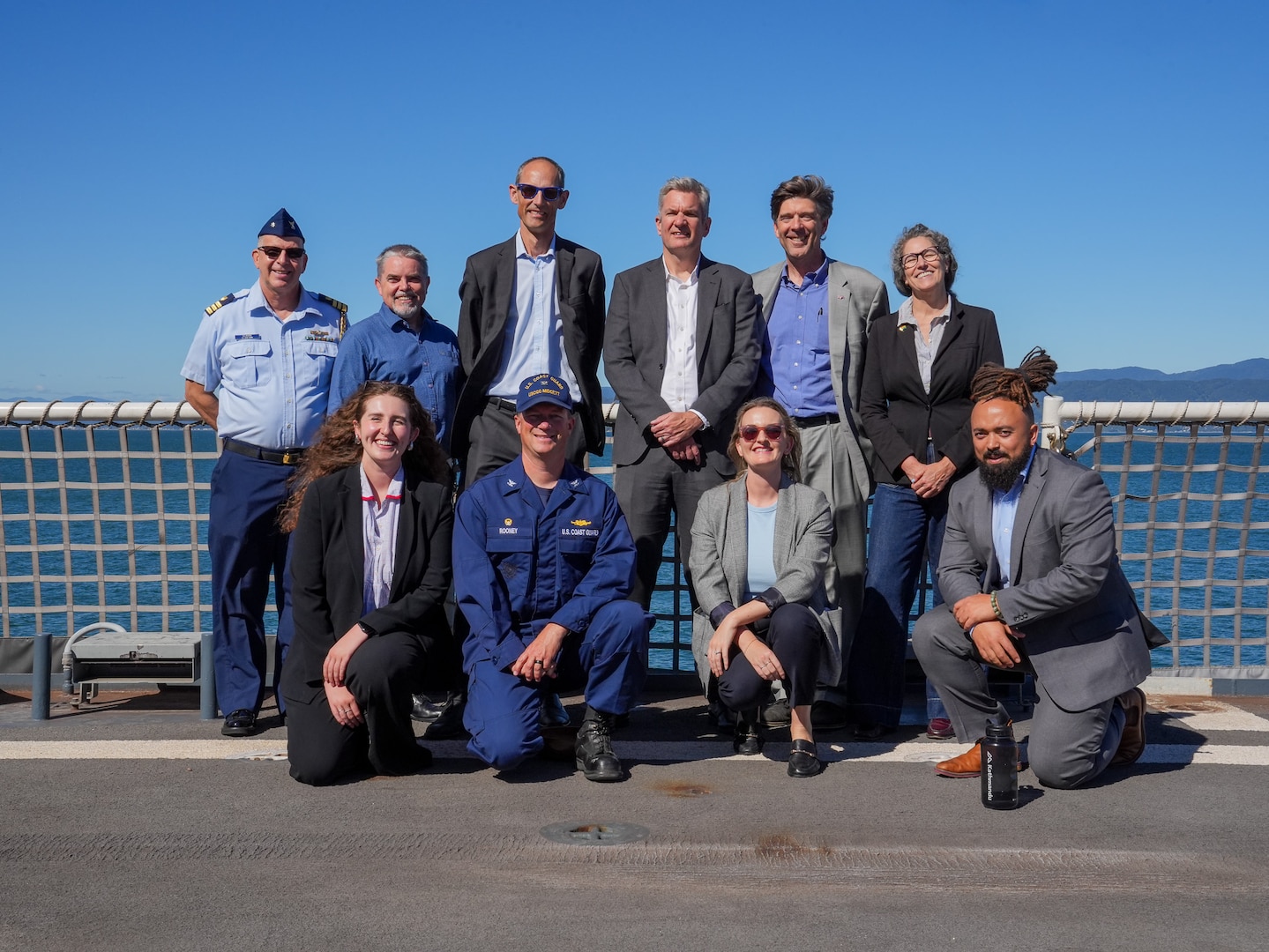
Championing Maritime Security: The U.S. Coast Guard Cutter Midgett’s Pivotal Missions and Global Engagements
Insider Look at the U.S. Coast Guard Cutter Midgett’s Recent Activities The U.S. Coast Guard Cutter Midgett (WMSL 757) has been a pivotal player in various significant activities, ranging from international engagements and port calls to major maritime exercises. Here’s a detailed exploration of its key achievements: Recent Engagements with New Zealand The cutter wrapped…
-
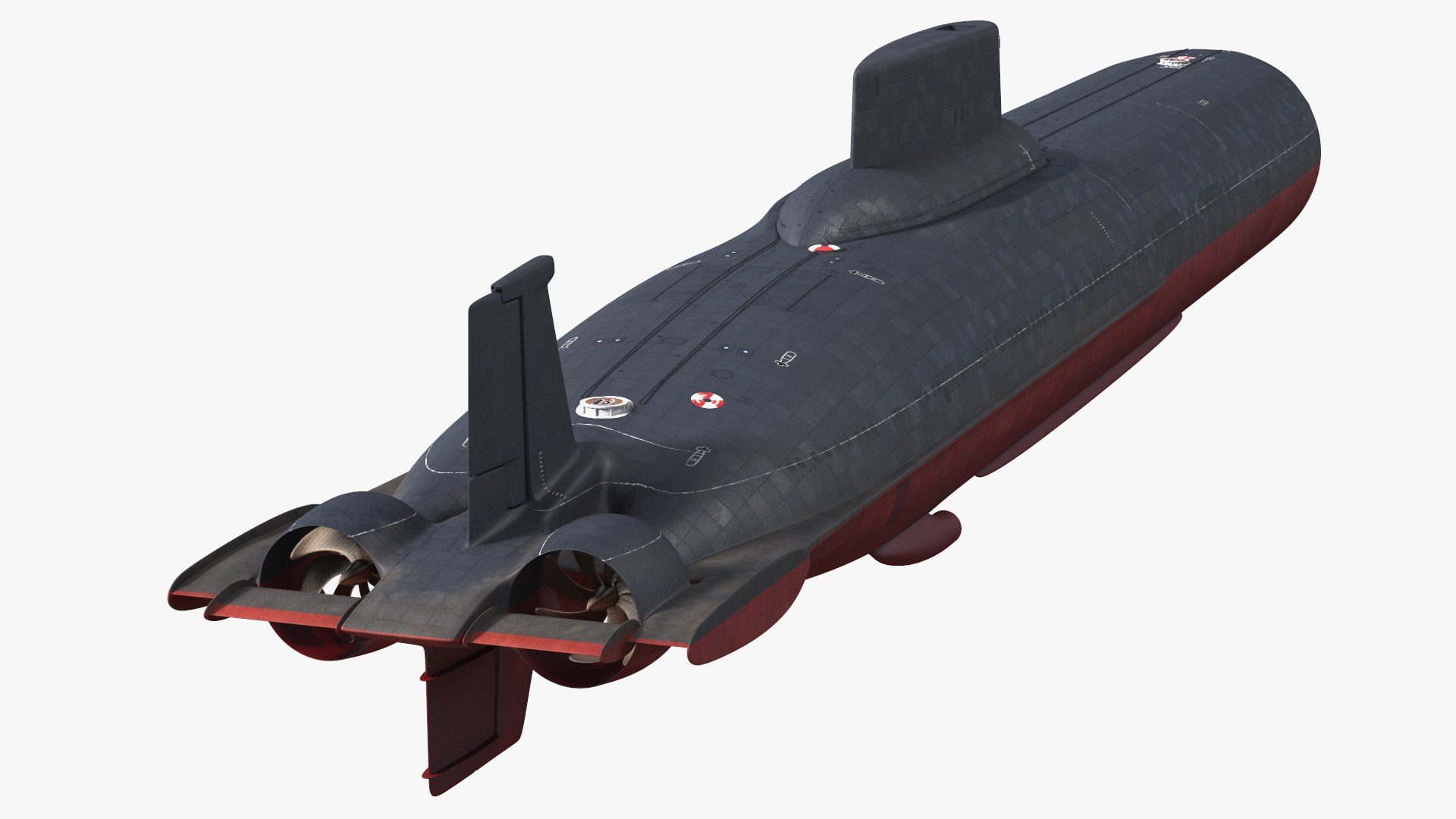
“Typhoon Titans: The Epic Journey of Project 941 Akula Submarines”
Project 941 Akula (Typhoon-class) Submarines: A Comprehensive Overview Introduction and Designation The Project 941 submarines, known as Akula (meaning “shark” in Russian), were designated as the Typhoon class by NATO. These submarines were a cornerstone of the Soviet Union’s Cold War strategy, designed to ensure a second-strike capability, a critical component of mutually assured destruction…
-
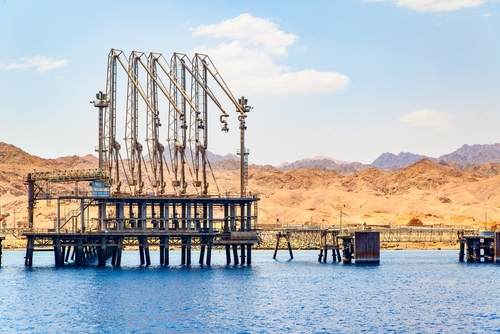
“Unlocking American Energy: Sentinel Midstream’s Texas GulfLink Deepwater Port Approved for Crude Oil Exports”
Sentinel Midstream, LLC to Build Deepwater Port for Crude Oil Exports Sentinel Midstream, LLC has been granted the go-ahead to construct a deepwater port for exporting crude oil, as announced by the U.S. Department of Transportation’s Maritime Administration. The approval marks a significant milestone in the company’s plans to establish a deepwater port to export…
-

IMX 2025: Uniting Nations for Maritime Security in the Middle East
International Maritime Exercise (IMX) 2025: A Deep Dive into the Largest Maritime Exercise in the Middle East Introduction Picture this: Over 5,000 personnel from 30 nations and international organizations converging on the Arabian Gulf, Gulf of Oman, Gulf of Aden, and Red Sea. This isn’t just any gathering; it’s the International Maritime Exercise (IMX) 2025,…
-
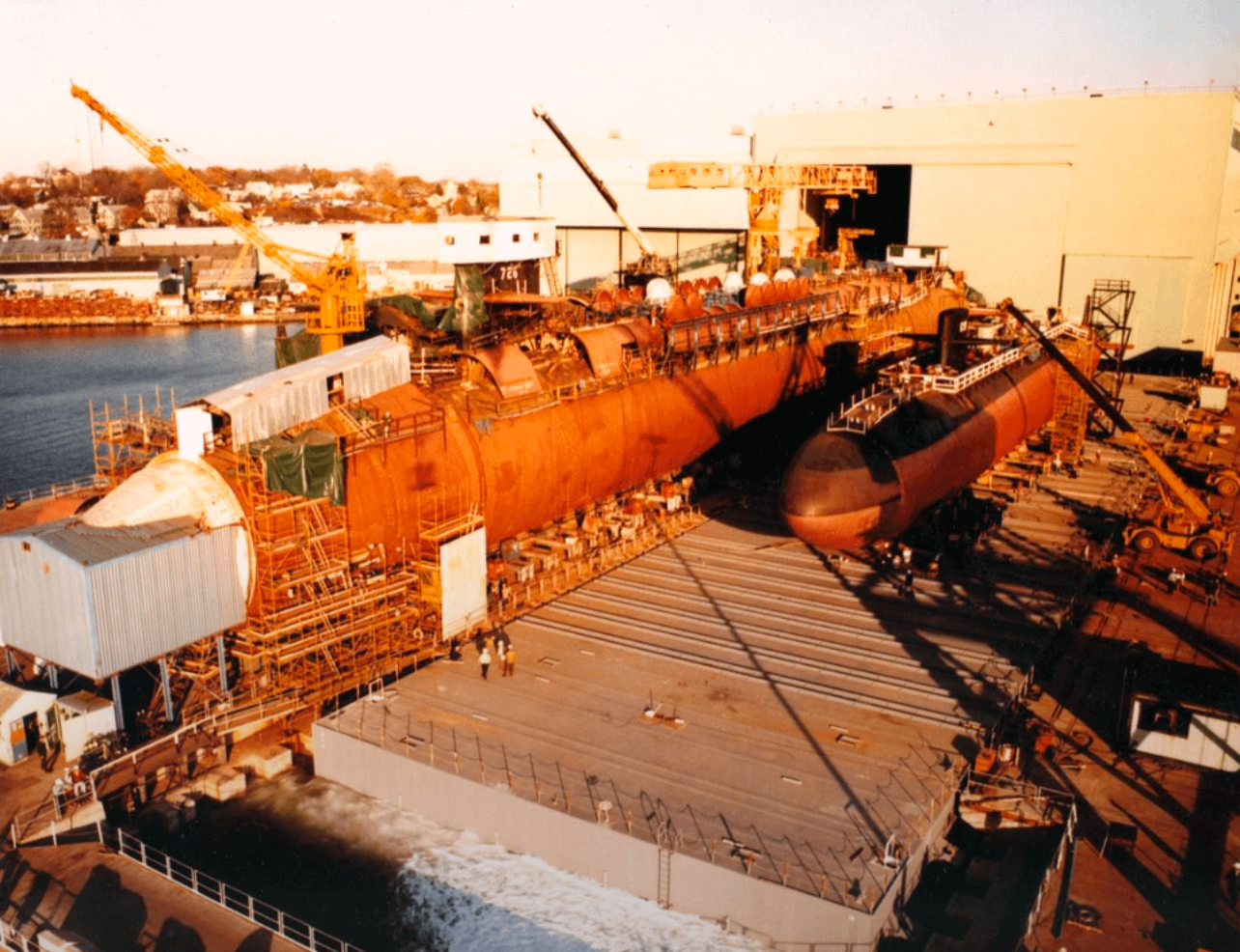
The Evolution and Impact of USS Ohio: From Ballistic Missile to Guided Missile Submarine
USS Ohio (SSBN-726/SSGN-726) and USS Jacksonville (SSN-699) Overview General Information: USS Ohio (SSBN-726/SSGN-726) Class and Role: The USS Ohio is the lead submarine of the Ohio-class, initially serving as a nuclear-powered fleet ballistic missile submarine (SSBN) before its conversion to a guided missile submarine (SSGN). Construction and Commissioning: Construction began with the keel laying on…
-
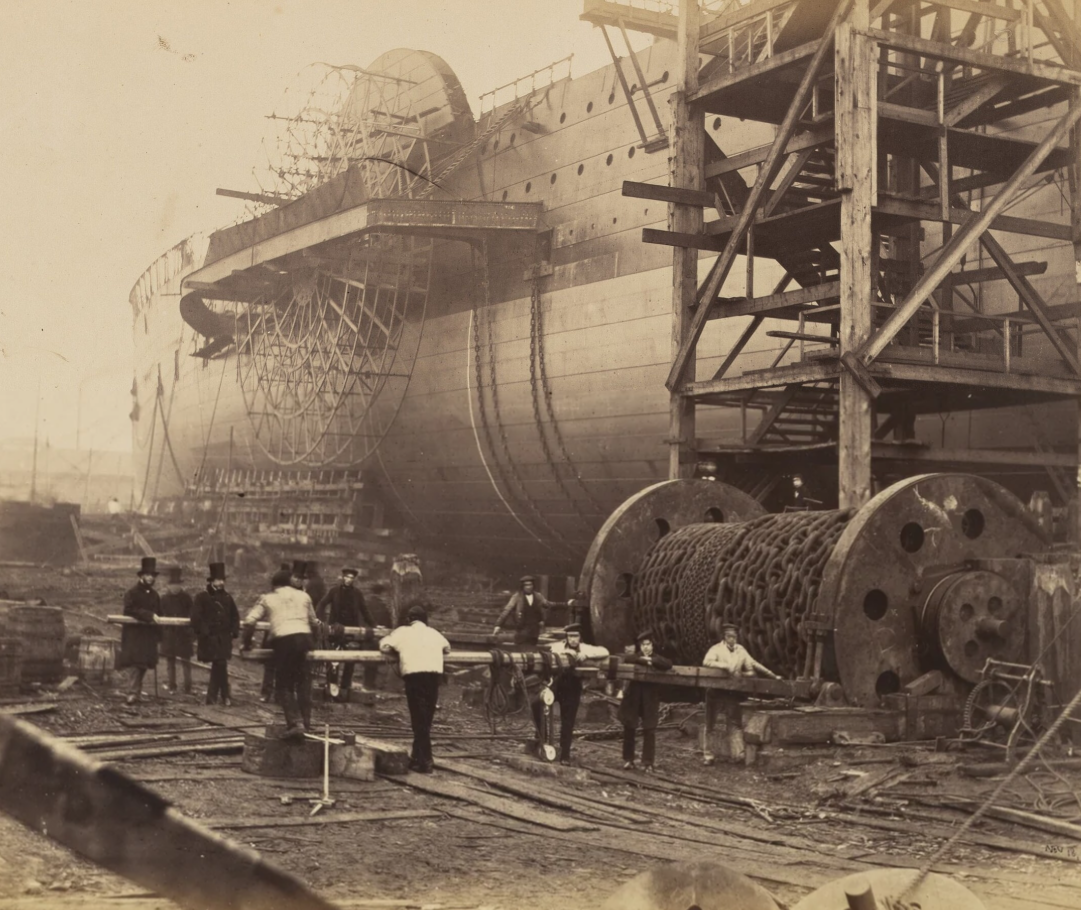
Exploring the SS Great Britain: A Journey Through Maritime Innovation and History
Unveiling the SS Great Britain: A Maritime Masterpiece Let’s dive into the captivating world of the SS Great Britain, a maritime icon that has left an indelible mark on maritime history. This isn’t just any ship; it’s a technological marvel, a symbol of innovation, and a living museum that tells the story of the Industrial…
-
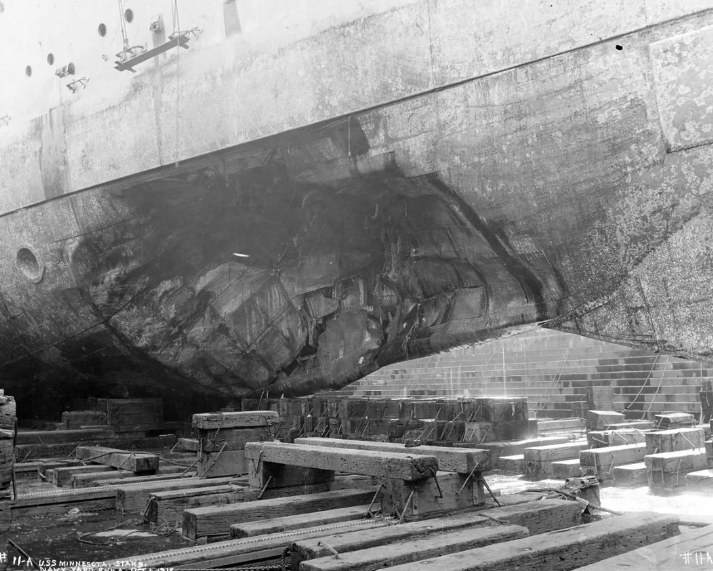
The USS Minnesota: A Century of Naval Resilience and Innovation
USS Minnesota: A Legacy of Resilience and Innovation The USS Minnesota: A Historical Perspective Let’s dive into the rich history of the USS Minnesota, a name that has been associated with two significant vessels in U.S. naval history. The first USS Minnesota, commissioned in 1907, was a pre-dreadnought battleship that served during World War I…
-
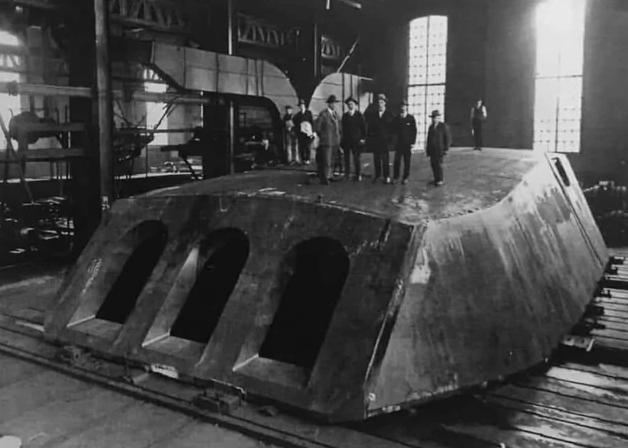
USS Pennsylvania: A Timeless Symbol of Naval Power and Innovation
USS Pennsylvania: A Legacy of Naval Strength Across Eras The USS Pennsylvania has been a symbol of naval strength across different eras, from the super-dreadnoughts of World War I and II to the nuclear submarines of today. Each incarnation reflects the technological and strategic advancements of its time. This article delves into the history, significance,…

